Integrated Pest Management
Integrated Pest Management (IPM) is a common-sense approach to achieving long-term management of pest problems with minimal impact on human health, the environment and non-target organisms. This approach focuses on the biology of pests and their relationship to the environment. The first step in an IPM program is to identify any organism in question and to completely investigate the situation. IPM is not a single pest-control method but rather a series of pest-management evaluations, decisions and controls. Strategies for IPM may include the application of physical, cultural, mechanical, biological and chemical controls.
Purpose and Background
The Alaska IPM program (AK IPM) addresses the public need for pest management education within the state. Offering nonbiased, research-based information, this resource is widely used by residents across the entire state. The AKIPM program has provided educational outreach in Alaska since 1981. This unique program was originally designed to meet the public demand for IPM information and continues to develop in response to public needs and the changing pest trends in Alaska.
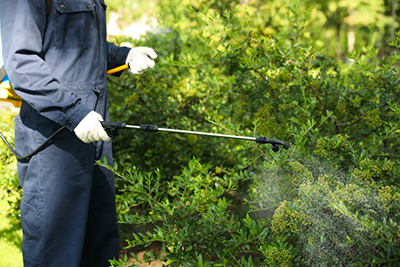
Areas of Emphasis
Exotic and Imported Pests
This category is essential to assist program partners with the identification and
tracking of imported pests and diseases. It also addresses the public demand for
information about subjects appearing in the national media, such as the Asian long-horned
beetle, and the Asian spongy moth.
Noxious and Invasive Weed
Besides providing public outreach on this subject, IPM technicians scout for and map noxious and invasive weeds and provide information on control options. The program cooperates with public and private agencies, assists with noxious and invasive plant identification, and works toward educating landowners and the general public.
Community and Urban Forest Health
Community forest pest topics include the identification of pests and diseases on both native and landscape woody ornamental plants. Information about abiotic conditions, landscape plant material selection, cultural care and hardiness issues are also addressed. IPM technicians also assist USDA Forest Service researchers with insect pest sampling and monitoring projects.
Administration
The statewide IPM program is a cooperative effort, combining the resources of the University of Alaska Fairbanks Cooperative Extension Service and the USDA Forest Service, State and Private Forestry, Forest Health Protection. The USDA Cooperative State Research, Education, and Extension Service also provide significant funding. A partnership with the State of Alaska DNR facilitates additional exotic pest monitoring.
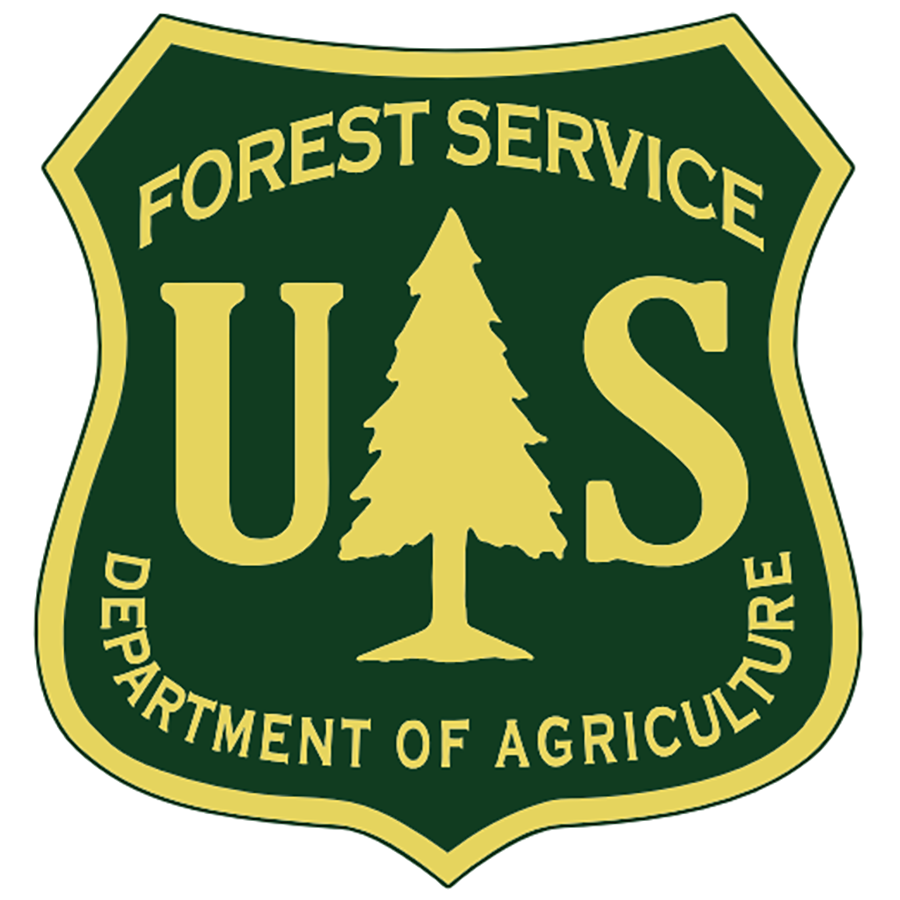
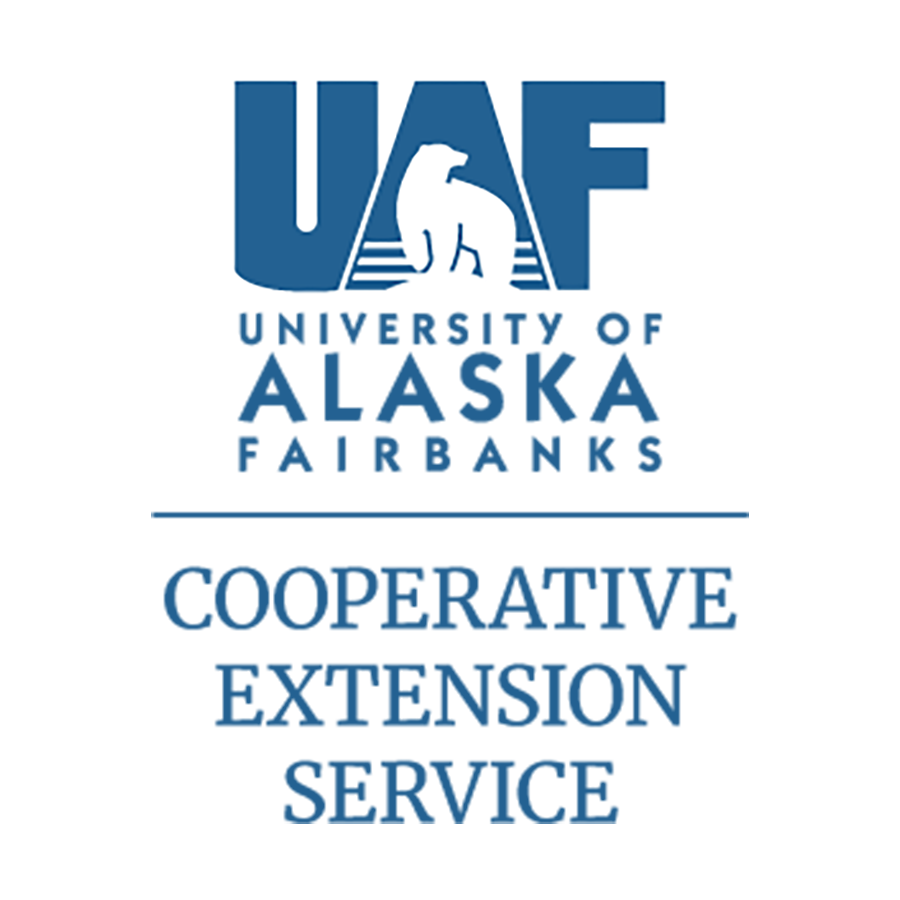
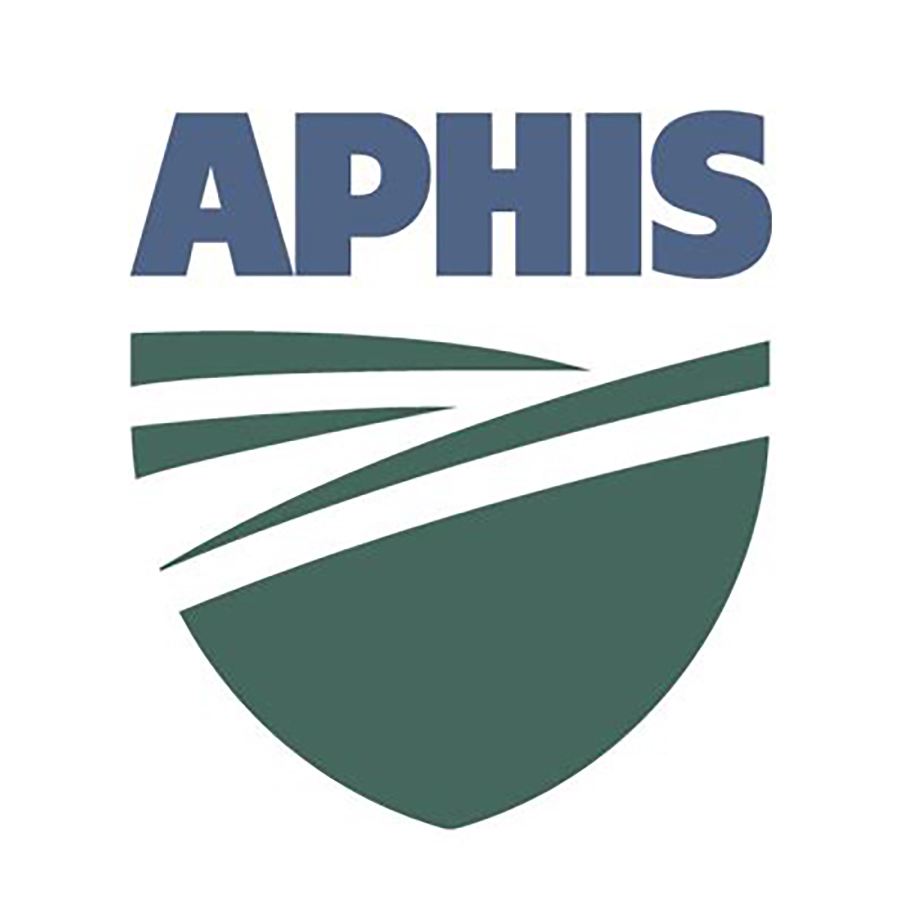
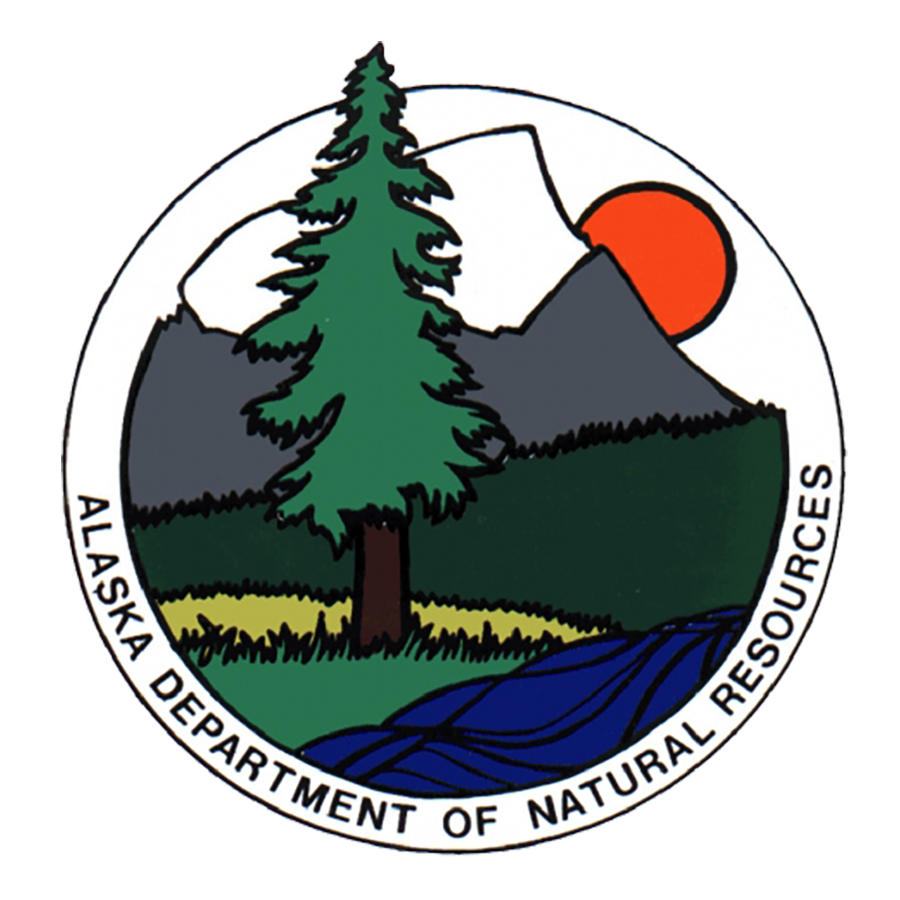

Disclaimer: Federal EPA Regulations declare that the label is the law! Pesticide users are forbidden to use a pesticide in a way contrary to labeling. Please read the pesticide label prior to use. Any use not indicated on the label is prohibited. State and local laws may be more stringent than federal requirements. For pest control work in Alaska, always check with the Alaska Department of Environmental Conservation Pesticide Control Program for updated information on pesticide registration, regulations, and any permits that may be required.
